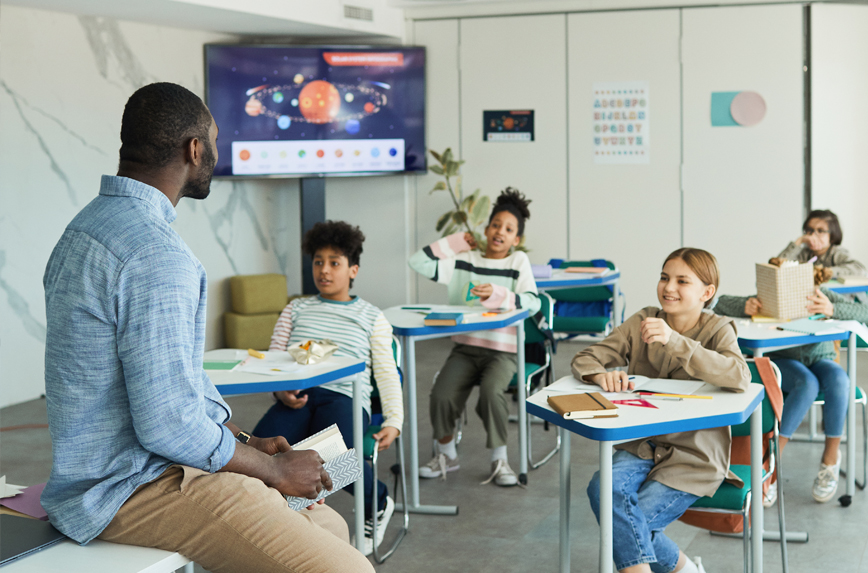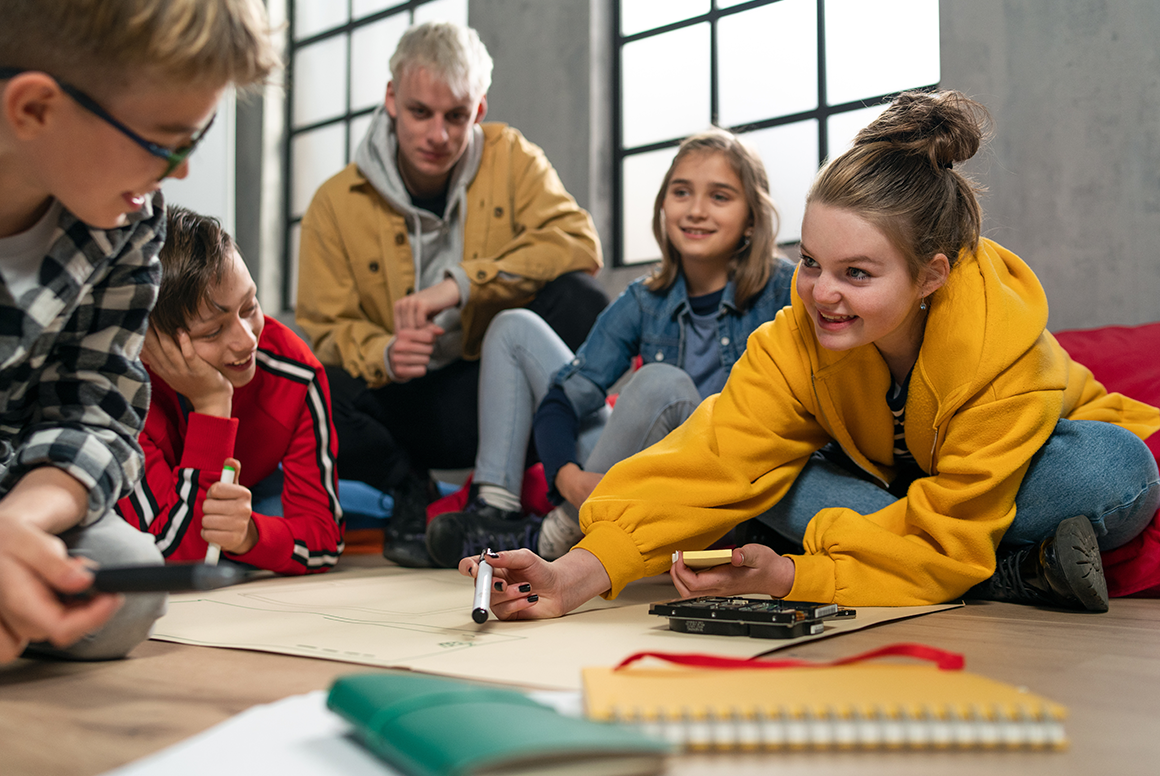
Gamification: Learning by playing
What is gamification?
Gamification is the technique that applies elements of games to other contexts, such as education, to make learning more entertaining and effective.
This increasingly popular methodology, which can be seen in different school subjects such as English, allows students to acquire knowledge or improve skills in a fun and dynamic way. By taking advantage of the playful nature of games to capture students’ interest, greater motivation and a more positive learning experience are achieved, making absorbing concepts much easier and more enjoyable.
Why is it a good option?
What makes gamification so effective is its ability to capture the interest and motivate students. Why? Because it appeals to the human nature of enjoying challenges, receiving rewards, and feeling accomplishment. By incorporating scores, prizes, or competitions, students not only have fun, but they also feel more engaged in the learning process.
Furthermore, making educational activities more game-like creates a more positive experience. Students see learning as fun, which makes it easier for concepts to be internalized more naturally.
Nowadays, it’s hard to find someone who hasn’t played a video game, whether on a console, computer, or even a cell phone. In fact, it’s estimated that more than two-thirds of American children do so on a regular basis. And we’re not just talking about video games, but also board games, card games, and even classic games. We all like games!
Using different types of games in the school education of students is precisely about that: applying game elements, such as prizes, points or challenges, into the teaching process to make it more entertaining and motivating. After all, learning something new can be just as exciting as moving up a level in a video game.

Some real examples:
Points and rewards: Award points for completed tasks or correct answers, and let students redeem them for small rewards, such as choosing a topic or receiving praise.
Classifications: Create a chart for students to see their progress compared to their peers, encouraging healthy competition.
Levels and achievements: Advance through levels as you master topics in English, unlocking badges or achievements.
Quizzes: Use platforms like Kahoot! or Quizlet to ask quick questions and compete in class.
Video games: Games like Duolingo and MinecraftEdu combine English with fun activities.
Escape rooms: Design virtual escape room challenges where they solve clues in English to win.
Conclusions
In short, including these dynamics with students is not just a passing fad, it is a fun and effective way to learn. And the best thing is that students learn and enjoy doing it, because it frees their focus from common academic activities.

References
- ELEInternacional. (2022, December 9). The best tools to gamify your language classes. ELEInternational. https://eleinternacional.com/blog/mejores-herramientas-para-gamificador-tus-clases-de-idiomas/
- Torres, M. (sf). What is gamification? 10 ways to use this technique in your classroom. Tecnológico de Monterrey.https://connect.tec.mx/en/news/national/education/what-gamification-10-ways-use-technique-your-classroom
- Blankman, R. (2022, January 28). The fun of learning: Gamification in education. Hmhco.com. https://www.hmhco.com/blog/what-is gamification-in-education


